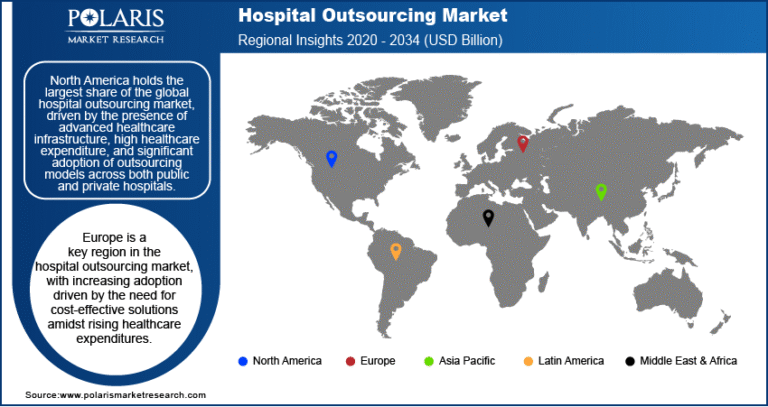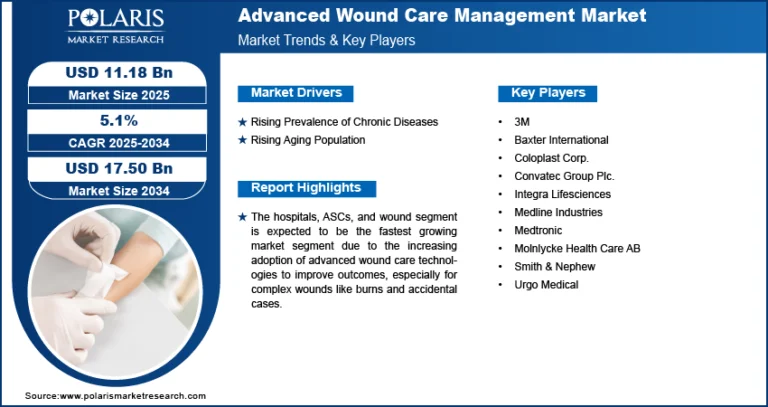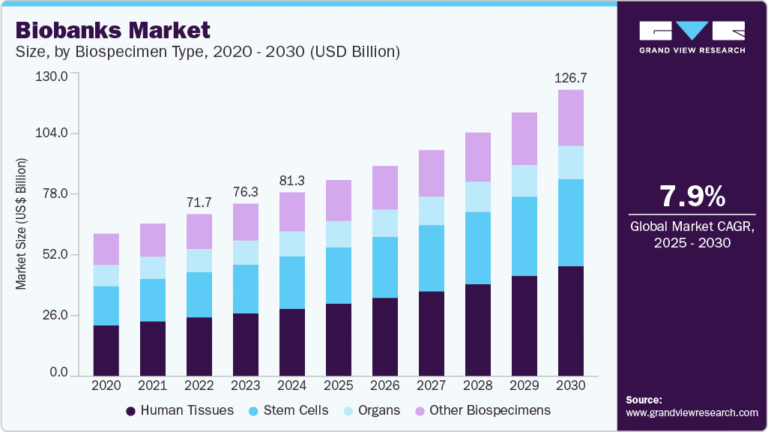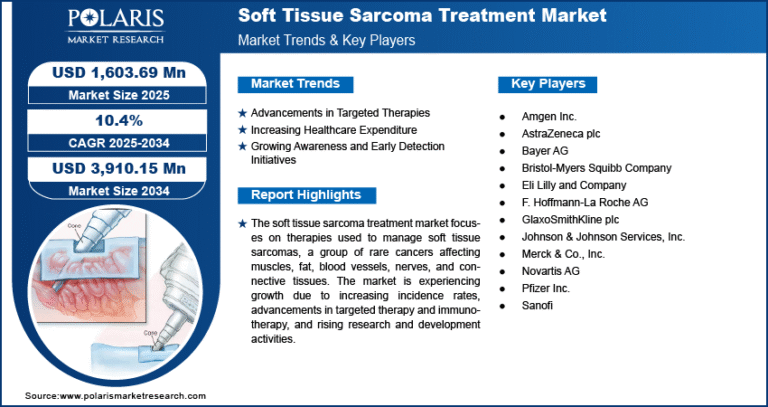Breast Implants Market to Reach $5.42 Billion by 2034, Growing at a CAGR of 7.5%

The breast implants market was valued at USD 2.63 billion in 2024 and is expected to reach USD 2.82 billion in 2025. The market is projected to expand further to USD 5.42 billion by 2034, growing at a compound annual growth rate (CAGR) of 7.5% over the forecast period from 2025 to 2034.
Key Market Trends & Insights
1. Rising Demand for Cosmetic and Aesthetic Enhancements
A major growth driver in the market is the increasing societal acceptance of cosmetic surgery and the desire for enhanced body aesthetics. Breast augmentation remains one of the most frequently performed cosmetic procedures worldwide. As body positivity and self-image gain cultural relevance, more individuals are opting for breast enhancement procedures, particularly in urban and high-income regions.
2. Surge in Reconstructive Procedures Post-Mastectomy
The global rise in breast cancer incidence has led to a significant uptick in breast reconstruction surgeries. Advances in oncoplastic techniques and greater insurance coverage—especially in the U.S. under the Women’s Health and Cancer Rights Act—have contributed to increased adoption of breast implants for post-mastectomy reconstruction, supporting market growth in the healthcare-driven segment.
3. Technological Advancements in Implant Design
The industry is witnessing rapid innovation in implant materials and surface technologies. New-generation implants feature cohesive silicone gel, form-stable (gummy bear) designs, and nanotextured surfaces aimed at reducing complications such as capsular contracture, rupture, and implant rotation. These innovations are improving long-term outcomes and patient satisfaction, while also lowering revision surgery rates.
4. Growing Popularity of Silicone Implants Over Saline
Silicone gel implants are gaining preference over saline alternatives due to their more natural look and feel. They are particularly favored in cosmetic augmentation procedures. Manufacturers are developing implants with advanced silicone formulations and dual-gel technologies, further enhancing demand in aesthetic and reconstructive segments alike.
Market Size & Forecast
- Market Size in 2024 – USD 2.63 billion
- Market Size in 2025 – USD 2.82 billion
- Projected Market Size by 2034 – USD 5.42 billion
- CAGR (2025–2034) – 7.5%
Request a free sample copy or view report summary: https://www.polarismarketresearch.com/industry-analysis/global-breast-implants-market/request-for-sample
Market Overview
Breast implants are medical devices used in both cosmetic augmentation and post-mastectomy reconstruction procedures. They are primarily made from saline or silicone gel, with silicone-based implants gaining a larger market share due to their more natural appearance and feel. Breast implants are available in various shapes, sizes, surface textures, and profiles to cater to individual patient needs and surgical preferences.
The market is driven by multiple factors:
- Rising aesthetic awareness, especially among women aged 20–40, in urban and high-income regions.
- An increasing number of breast cancer survivors opting for reconstructive surgery, supported by better healthcare access and insurance coverage.
- Technological advancements, such as cohesive silicone gel and form-stable implants, improving both safety and aesthetic outcomes.
- Growing medical tourism, especially in countries offering high-quality cosmetic procedures at lower costs, such as Brazil, Turkey, India, and Thailand.
In addition, regulatory oversight from agencies like the U.S. FDA and EMA has become more stringent, focusing on post-market surveillance, implant registries, and safety disclosures. This regulatory push is encouraging manufacturers to develop safer, more advanced implants with reduced risks of complications such as rupture, capsular contracture, and BIA-ALCL (Breast Implant-Associated Anaplastic Large Cell Lymphoma).
Overall, the global breast implants market is expected to benefit from expanding consumer confidence, rising global procedural volumes, and innovations in both implant materials and surgical techniques—positioning it for strong and sustained growth in the coming decade.





